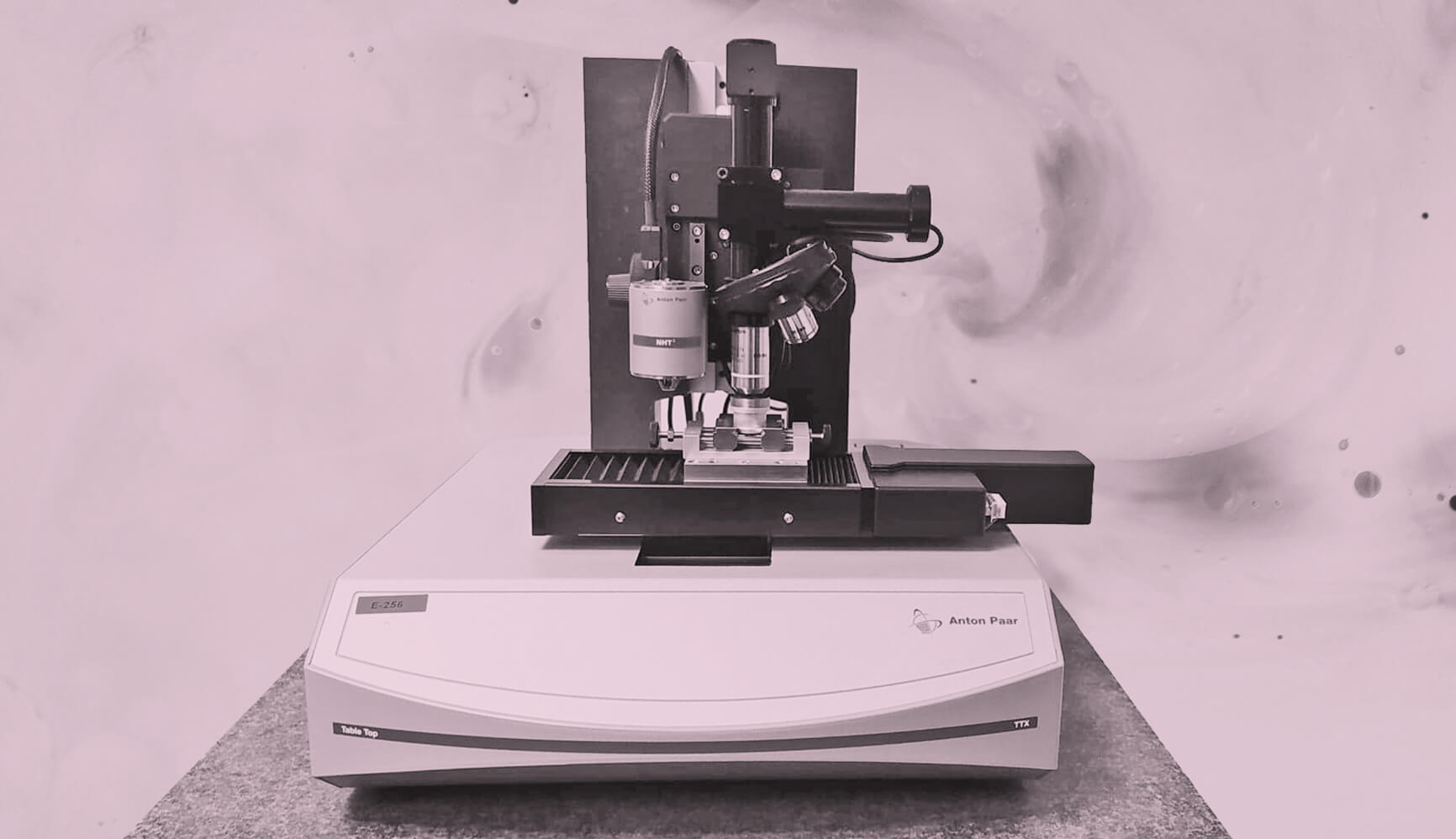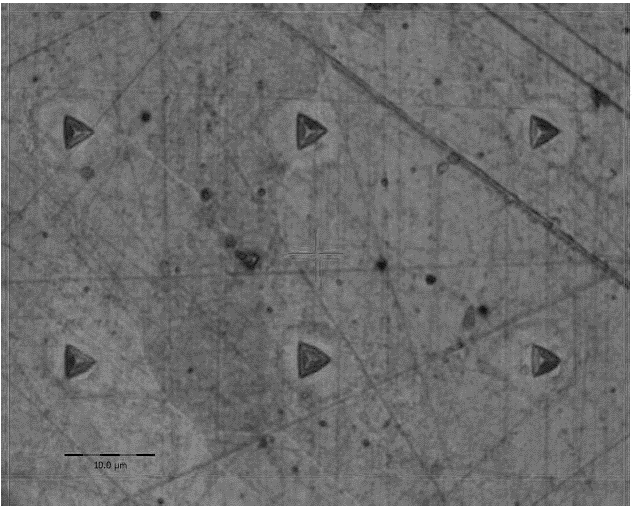Hardness testing

The 6NAPSE Group laboratory carries out hardness testing to measure and verify the resistance of a coating or a surface.
What is a hardness test?
The hardness of a material is its degree of resistance to deformation in the face of external pressures.
Mechanical hardness tests make it possible to understand and anticipate the behavior of a material and its resistance to deformation (penetration or indentation).
The mechanical characterization of the material is carried out by indentation, a technique using a “penetrator” to exert a controlled force on its surface. Analyzing the response of the material to this constraint makes it possible to evaluate its hardness and resistance, and to validate its suitability for the final use of the product.
Hardness testing in laboratory
Hardness testing is the measurement or verification of the resistance of a coating or surface.
The 6NAPSE Group laboratory has the necessary equipment for mechanical characterization and testing of all types of materials according to current standards (e.g. ISO6506, ISO6507, ISO6508, ISO868, ISO14577). We are therefore equipped with durometers for measuring macro-hardness, micro-hardness and nano-indentation: Vickers, Knoop, Brinell, Rockwell, Shore.
- Vickers hardness test (HV)
- Shore hardness test (Shore A and D)
- Rockwell hardness test (HRC, HRB)
- Brinell hardness test (HB)
- Vickers microhardness test
- Nanoindentation test
- Hardness parentage
- Pedestal tensile test
- Bending test
Hardness measurements can be carried out on the surface, at the core and in lineage after preparation by micrographic sectioning.
The means allow a multitude of choices of imprints, the possibility of working in microhardness or nanoindentation, and even to carry out hardness maps to understand the behavior of a material.
Hardness measurement makes it possible to obtain analysis zones and reduced and very localized penetration depths. In addition, it allows the identification of intrinsic mechanical characteristics such as Young’s modulus.
Why measure hardness?
The hardness test allows you to:
- Understand the behavior of a material
- Confirm the validity of a material batch
- Validate the choice of heat treatment
- Diagnose the mechanical behavior of a material
- Know the deformation/breakage threshold of a product
Applications
- Hardness measurement of multi-layer plastic films
- Hardness measurements on grains in a metal, particles or inclusions of around a hundred micrometers
- Coating analysis
- Characterization of the mechanical resistance of a powder
- Vickers hardness test according to NF EN ISO 6507
- Shore hardness test according to ISO 868
- Brinell hardness test according to NF EN ISO 6506
- Rockwell hardness test according to NF EN ISO 6508
- Nanoindentation according to ISO 14577

Data from “Analyses et Surface” laboratory: fingerprint matrix following an automated campaign on a copper sample.
6NAPSE Group assets
- Complete validation plan (support for all tests of a standard)
- All the controls, tests and analyzes of our laboratories are carried out in compliance with the quality criteria of our industrial customers
- Short standard deadlines and possibilities of emergencies
Contact us to discuss your needs quickly and technically!
